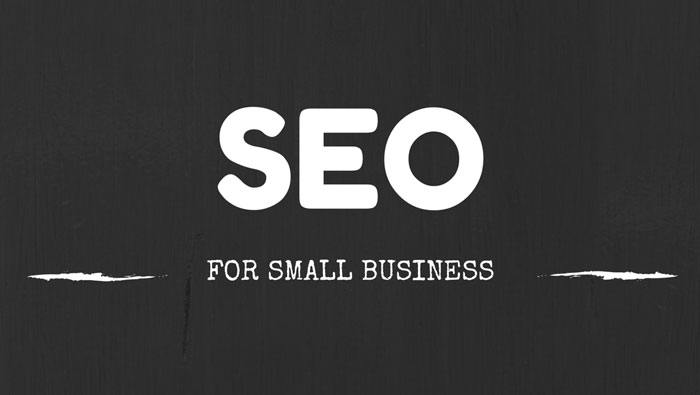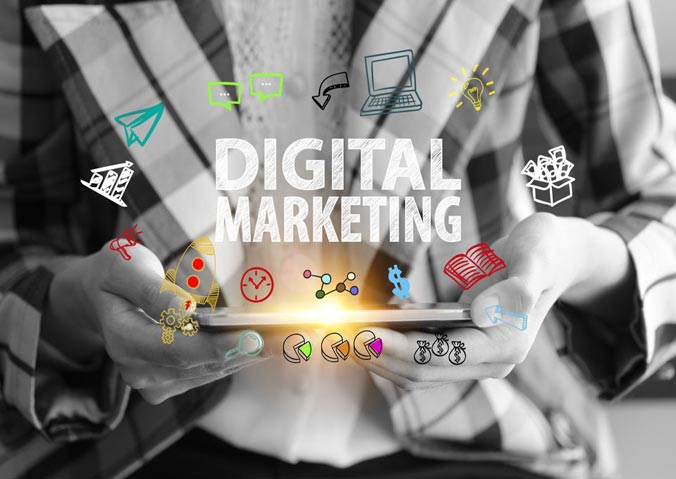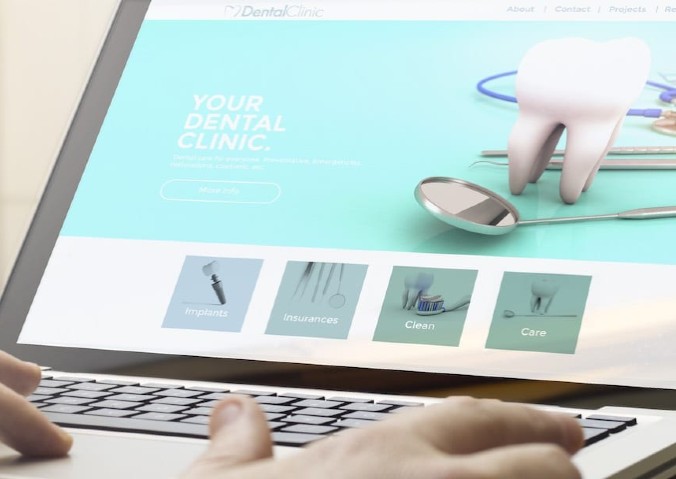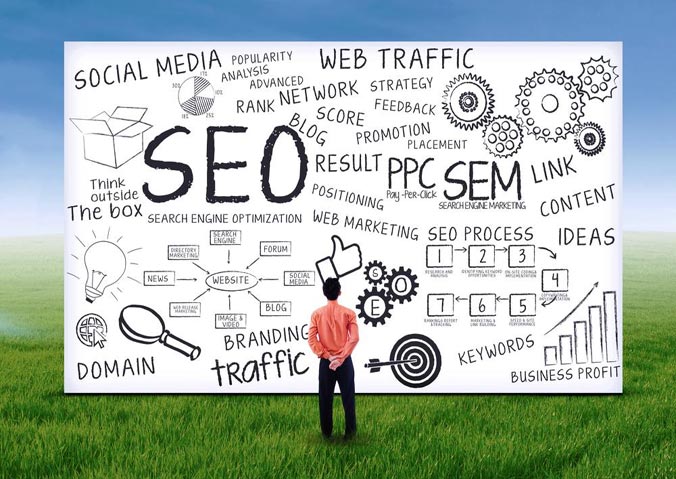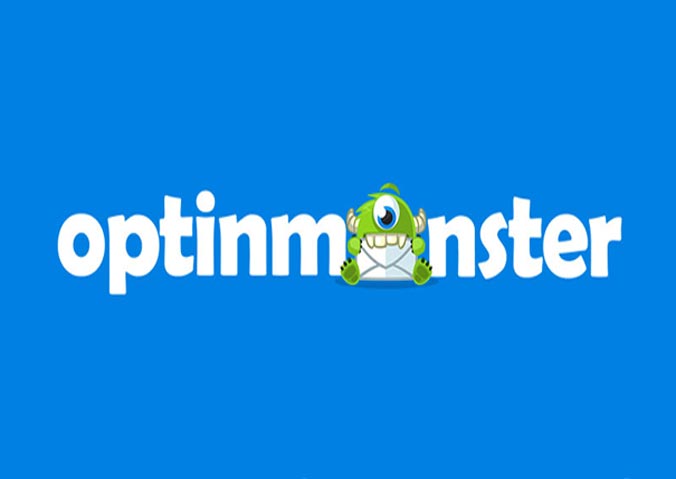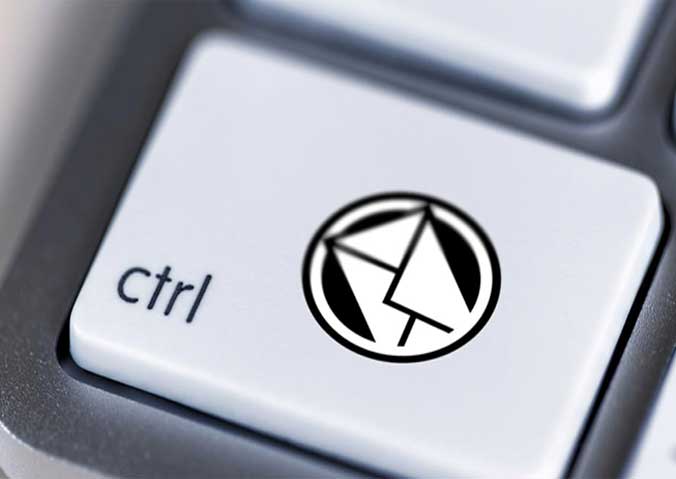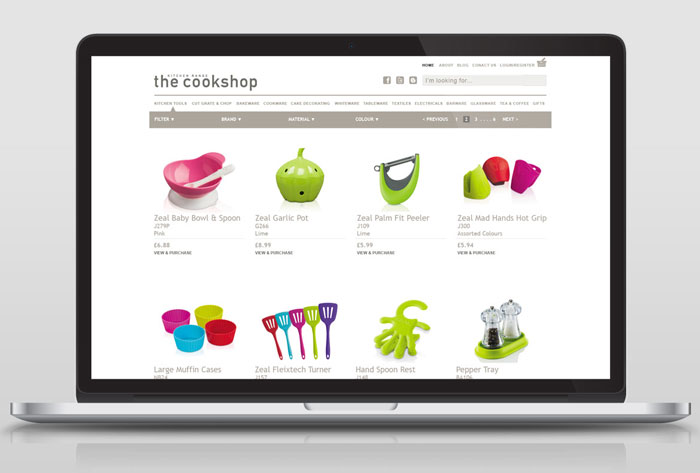Ready to transform your Google Ads management? Let’s dive into battle tested strategies that can boost your ROI like never before.
Here’s a quick story that we’ll look at throughout this post. A couple of years ago, I was working with a small e-commerce business selling handmade jewelry.
The owner, Sarah, had tried PPC and was reluctant to do it again because it had burned through her budget with no results. We convinced her, ultimately, and in just three months, her Google Ads campaigns delivered a 300% ROI. How’d we do it?
What Is Pay-Per-Click Advertising?
PPC is an Internet marketing model where advertisers pay a fee every time one of their ads is clicked. Essentially, you could say it’s a way of buying visits to your site, rather than attempting to “earn” those visits organically.


